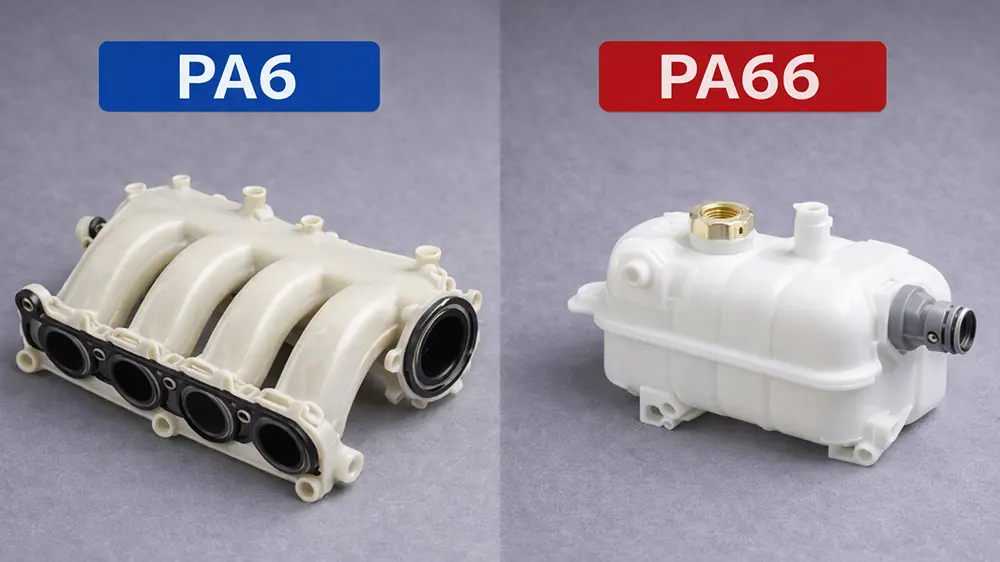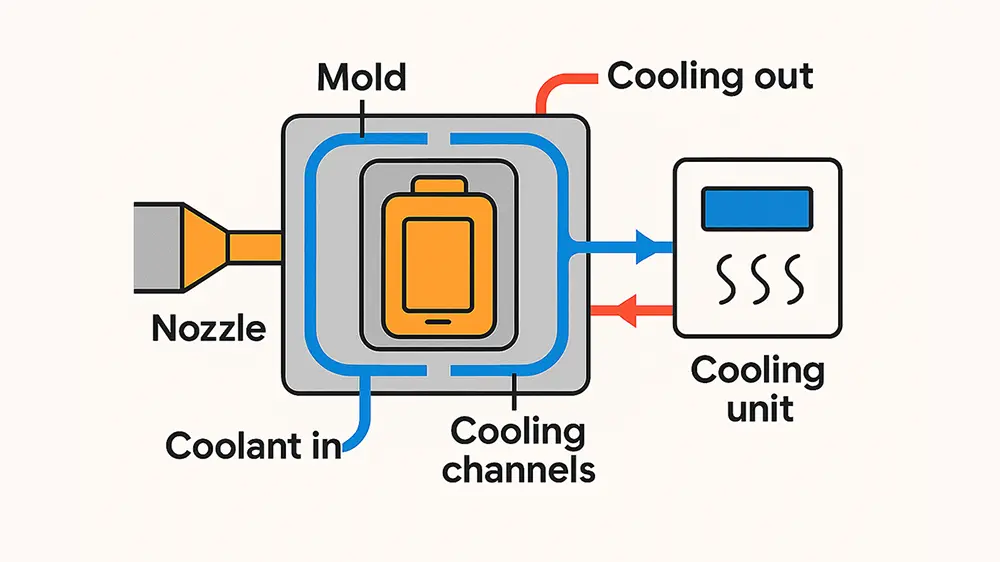The plastic injection molding process mainly includes four stages: filling, pressure maintaining, cooling, and demoulding. These four stages are a completely continuous process, which directly determines the molding quality of plastic products.

The filling is the first step in the entire injection cycle, starting with the closing of the mold and ending with the filling of the mold cavity to approximately 95%. In the process of forming and filling the mold cavity, if there are defects in the filling of products, there will be quality problems such as too much pressure reduction, too long filling time, and filling dissatisfaction.
Holding pressure is the continuous application of pressure, compaction melt, increase the density of plastic to compensate for plastic shrinkage behavior. The control of injection pressure is usually divided into one injection pressure, two injection pressure (holding pressure), or more than three injection pressure control. Proper timing of pressure switch is very important to prevent high pressure in mold and to prevent excessive or missing materials. The specific volume of molded products depends on the melt pressure and temperature when the sprue is closed in the pressure-retaining stage.
If the pressure and temperature of the product stay the same every time from the holding pressure to the cooling stage of the product, the specific volume of the product will not change. At a constant molding temperature, the most important parameters determining the size of the product are the holding pressure and temperature. For example: after filling the end of the pressure immediately reduce, when the surface layer formed a certain thickness to increase the pressure, then the use of low clamping force molding thick wall of large products can eliminate the collapse pit and fly.
The holding pressure and speed are usually 50%-65% of the maximum pressure and speed when the plastic cavity is filled, that is the holding pressure is about 0.6-0.8Mpa lower than the injection pressure. As the holding pressure is lower than the injection pressure, the load of the oil pump is lower in the considerable holding time, which extends the service life of the solid oil pump and reduces the power consumption of the oil pump motor. A small amount of melt (buffer) is still left at the end of the screw rod near the end of the injection stroke. According to the filling situation in the mold, a small amount of melt can be added by further applying the injection pressure (second or third injection pressure) to prevent product depression or adjust the shrinkage rate of the product.
Cooling system design is very important in the injection mold. This is because the molding of plastic products only cools solidification to a certain rigidity, after demolding to avoid plastic products due to external deformation. The cooling time mainly depends on the melt temperature, the wall thickness and cooling efficiency of the product, and the hardness of the material. The harder material will set more quickly in the mold than the soft material. If cooling is carried out from both sides, the cooling time required per 0.100′ wall thickness will normally be about 10 to 15 seconds. Glue-coated products require a longer cooling time because they can be efficiently cooled through a smaller surface area. The cooling time required per 0.100 ‘wall thickness will be approximately 15 to 25 seconds.
Demoulding is the last step in a complete injection molding cycle. Although the products have been cooling molding, demolding, or on the quality of products has a very important impact, improper demolding may lead to products in demolding uneven force, resulting in product deformation and other defects. There are two main ways of demoulding: ejector rod demoulding and stripper demoulding. In order to ensure the quality of the products, we should choose the proper way of demoulding according to the structural characteristics of the products.





